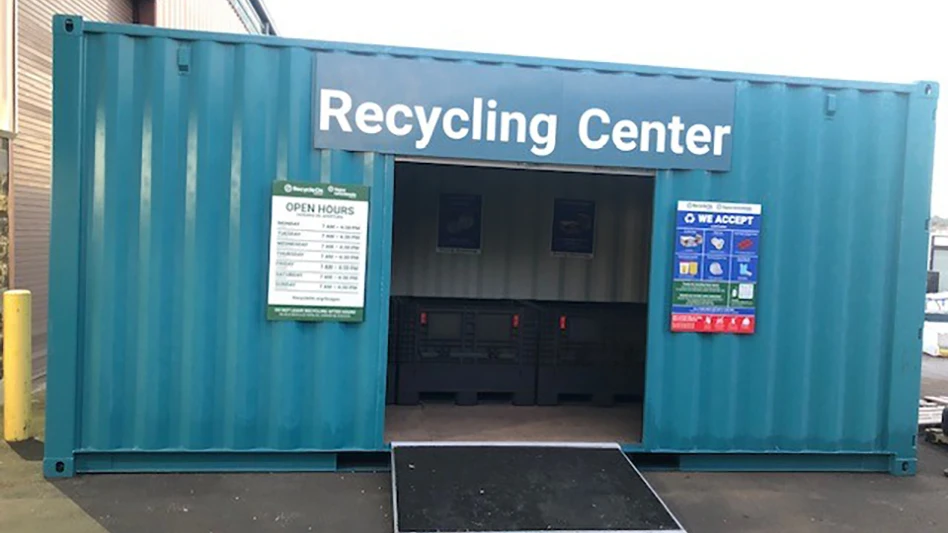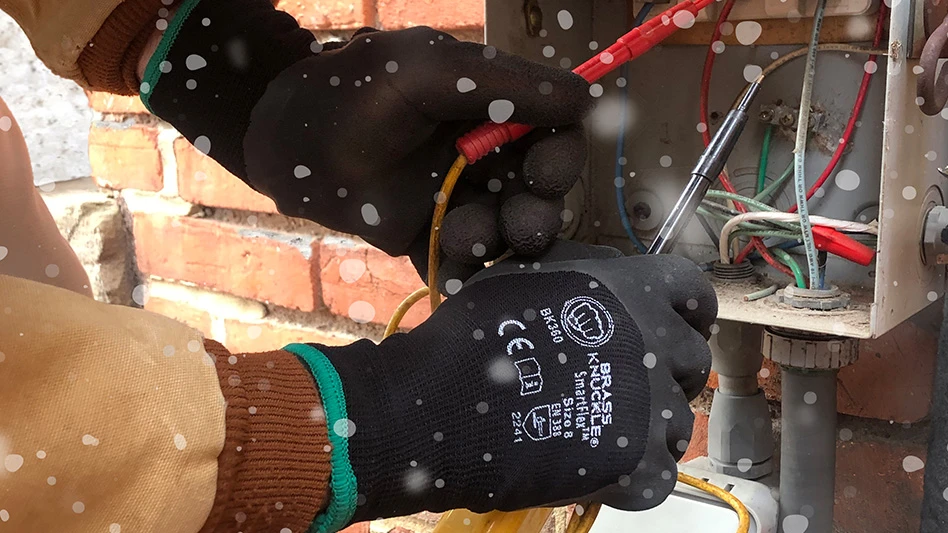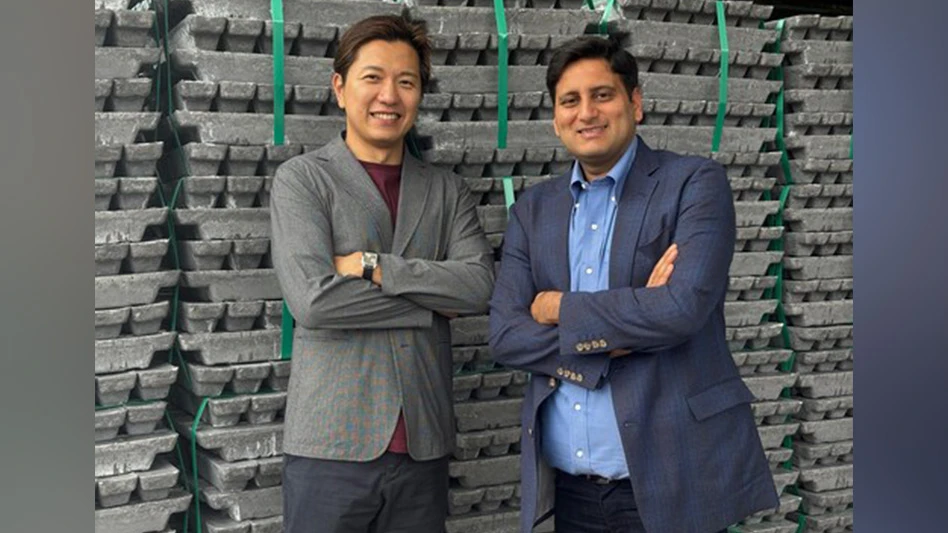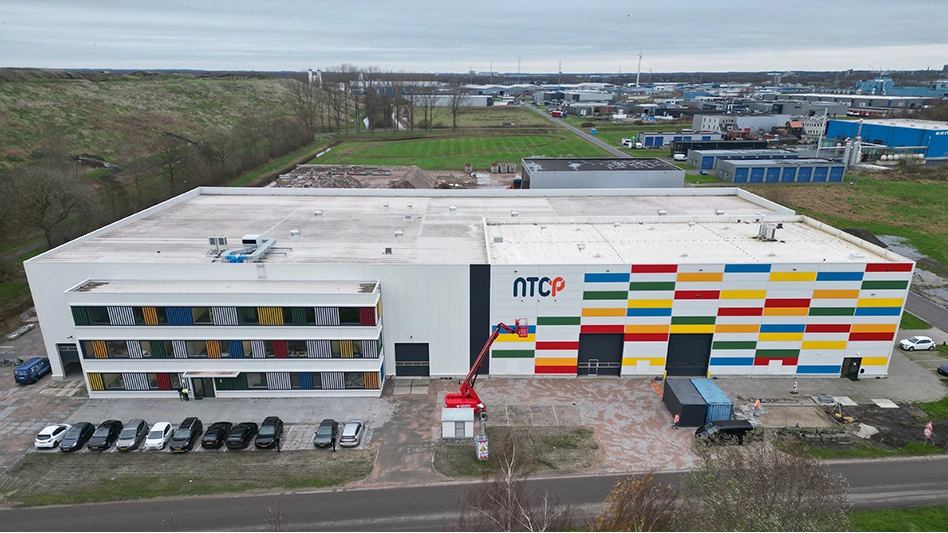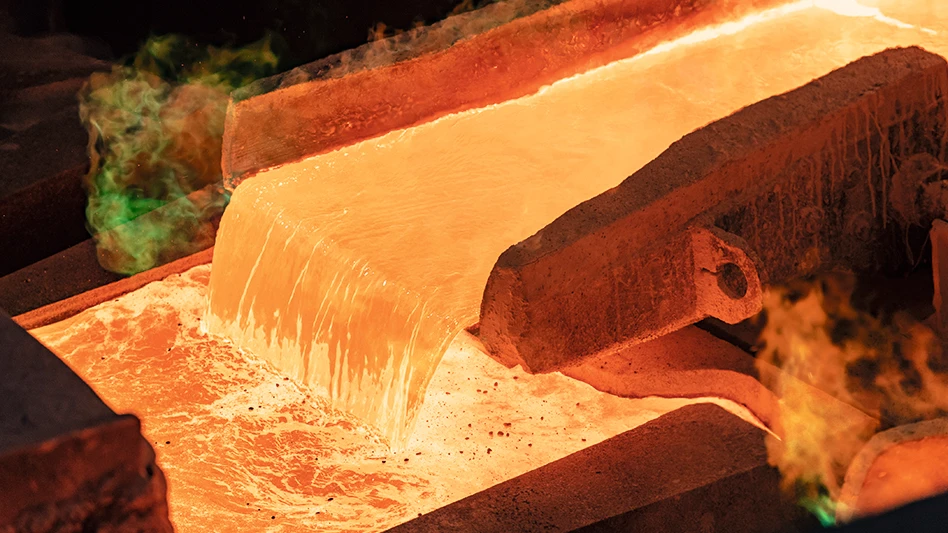
peshkova | stock.adobe.com
Australia-based metals and electronics recycling company Sims Ltd. has reported reduced revenue and earnings in the first half of its 2023 fiscal year, which coincides with the second half of calendar year 2022.
In the second half of last year, the firm’s revenue declined by 10.2 percent compared with the second half of 2021. Earnings before interest and taxes (EBIT) declined by 52 percent in the time frame compared with the prior year.
“Sims delivered a resilient performance during a period of margin compression, driven by lower steel prices as customer demand weakened,” Group CEO and Managing Director Alistair Field says. “Furthermore, scrap supply tightened due to a number of factors—lower recycled metal prices, higher fuel prices and lower scrap volumes from decelerating economic activity—leading to a 3.2 percent decline in proprietary intake volumes.”
Field cites the company’s performance in the United States—where it is among the largest scrap processing and auto shredding firms in the nation—as outperforming its yards in Australia or the United Kingdom. “Our largest division, North America Metals, managed to maintain its trading margin percentage,” Field says.
Inflation was a factor for the company in the second half of last year, the Field says. “Operating costs in the Metal business [unit] increased by 18.4 percent” in the second half of last year compared with the first six months of 2022, Field says. This was “driven by the combination of acquisitions, multidecade high inflationary pressures, tight labor markets and high energy costs.”
Those conditions appear to have been most present in the U.K., where Sims says it suffered an operating loss of AU$3.6 million ($2.47 million) in the second half of last year. While margins were thinner in the U.S. and Australia, the recycling company nonetheless achieved operating profits in both regions.
Looking ahead, Sims points to “macro and geopolitical challenges impacting all segments” as leading to an “uncertain” outlook. “Although the recent strengthening in ferrous and nonferrous markets is positive for the business, we expect other factors to create uncertainty,” warns the firm, adding, “inflation and labor shortages are persisting across all regions.”
As for positive drivers, Sims writes, “Increased demand for metal-intensive infrastructure spending and the production of postconsumption scrap is positive for metal recycling (both ferrous and nonferrous). The global decarbonization of steelmaking, growth of electric arc furnaces (EAFs) and electricity generation industries will drive the demand for recycled metal.”
In its latest investment presentation, Sims reports its Sims Lifecycle Solutions (SLS) electronics recycling and information technology asset disposition, or ITAD, business unit experienced increased volumes, with “repurposed units up 38.5 percent despite supply chain constraints limiting the release of cloud material.” However, SLS EBIT was down by more than 29 percent in late 2022 compared with the six prior months, “driven by margin and inflationary pressures,” according to the firm.
It points to its SA Recycling partnership as a bright spot, with California-headquartered SA Recycling achieving a “trading margin percentage increase” in the second half of last year. However, Sims says SA Recycling’s intake volumes nonetheless dropped by 2.1 percent, even with the addition of tonnage from the former PSC Metals yards.
In the medium term, Sims sees a combination of EU decarbonization targets, U.S. “Buy Clean” and infrastructure measures and a People’s Republic of China goal of using 30 percent scrap as steel mill feedstock as all pointing to global increased demand for ferrous scrap.
“Customers and end users will require more scrap to meet decarbonization targets and circular strategies,” Sims says of what it calls “green steel momentum.”
Latest from Recycling Today
- US Steel to restart Illinois blast furnace
- AISI, Aluminum Association cite USMCA triangular trading concerns
- Nucor names new president
- DOE rare earths funding is open to recyclers
- Design for Recycling Resolution introduced
- PetStar PET recycling plant expands
- Iron Bull addresses scrap handling needs with custom hoppers
- REgroup, CP Group to build advanced MRF in Nova Scotia
